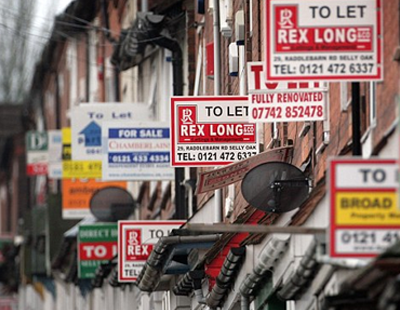The average age of landlords acquiring new rental property with a buy to let mortgage has fallen over the past decade, driven by strong growth in the proportion of landlords in their 30s.
Paragon Bank analysis of industry data shows that the average age of buy to let landlords acquiring new property with a mortgage fell from 46.4 years of age in 2014 to 42.9 last year.
The reduction in age has been driven by the proportion of purchases amongst landlords in their 30s increasing over the period. In 2014, 21% of purchases with a buy to let mortgage were made by a landlord in their 30s, compared to 31% last year.
The analysis is contained in Paragon’s new report, which examines the aspirations of landlords with one to three properties who have intentions to expand. Whilst the proportion of landlords acquiring new property in their 40s remained consistent over the period, 34% in 2014 vs 32% in 2023, there was a more pronounced fall in the proportion of landlords in their 50s and 60s acquiring new property.
Those in their 50s accounted for 29% of purchases in 2014, falling to 20% last year, with landlords in their 60s decreasing from 10% to 6%. An inverse of this trend can be seen amongst landlords aged between 18 and 29, who accounted for 6% of purchases in 2014, rising to 10% last year.
Separate research from Paragon also showed that aspirational future portfolio landlords were predominantly in their 30s2. Paragon surveyed 500 landlords with up to three properties and an expressed aspiration to become a portfolio landlord, with the average age of this group at 37.8. The highest proportion of landlords were aged between 25 and 34 (35%), followed by 35 to 44 (31%).
Paragon Bank managing director of Mortgages Richard Rowntree says: “There is a perception that buy to let landlords are an ageing group, but the majority of new purchases are concentrated in landlords who are under the age of 50. This group accounted for nearly three quarters of all buy-to-let purchases last year, highlighting that there remains strong investor appetite for rental property among younger landlords.”
He adds: “There has also been a strong increase in the proportion of landlords in their 20s and 30s purchasing property and these landlords will be the portfolio landlords of the future. With forecast growth in the population of 10% and significant demographic changes, it’s vital we increase the stock of rental homes to keep pace with demand. These landlords need a stable fiscal and regulatory environment to encourage continued investment into the sector.”
You can access the new report here: Next Generation Landlord Report .

















Join the conversation
Be the first to comment (please use the comment box below)
Please login to comment